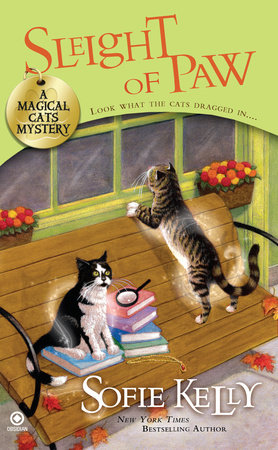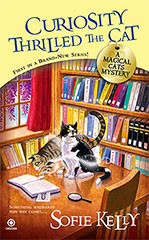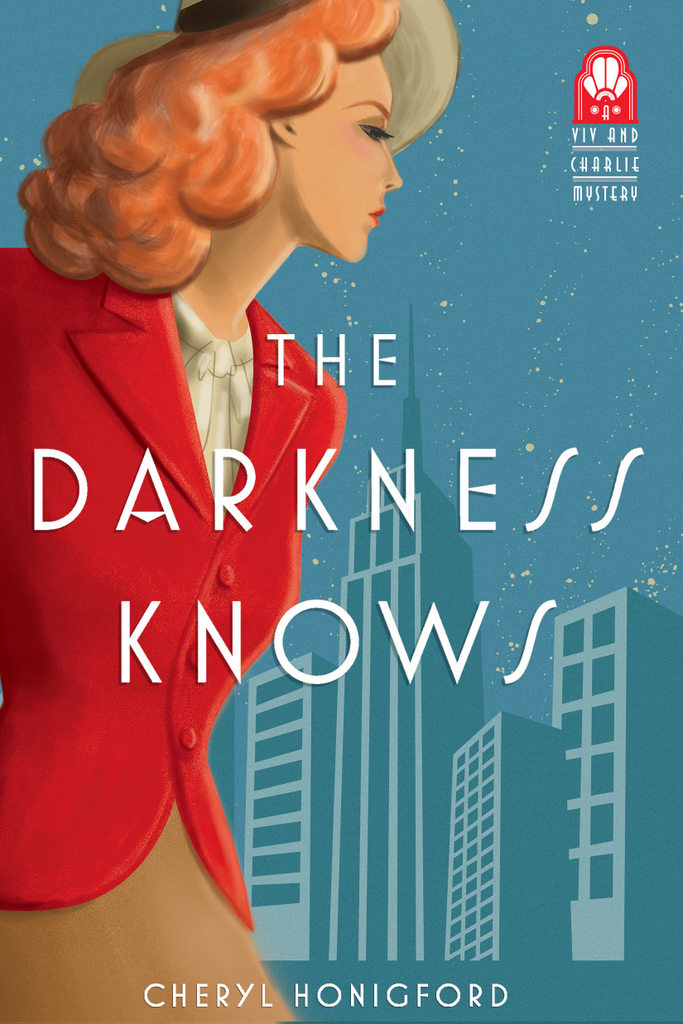This novel by prolific fantasy author Maria V. Snyder is set in a medieval society and a different land. This is the first in her "Study" series set in Ixia, a country divided into eight military districts, each ruled by a general, and all of those reporting to Commander Ambrose. It is a dictatorship following the overthrow of a corrupt and cruel monarch, along with the court's magicians. Ambrose seems relatively benign in his dealings with individuals, but he does have some hard and fast rules. Everyone wears a uniform and everyone has a job. Uniforms make it nearly impossible to travel outside your home region without the proper permissions. Killing, even in self-defense, or the practice of magic are punishable by death.
Yelena, an orphaned child adopted by General Brazell, a governor of one of the districts, killed Brazell's son in self-defense; she has been sitting in the dungeon for nearly a year awaiting execution. When she is brought before Valek, Ambrose's second in command, she learns that the Commander is in need of a new food taster, and she can escape the noose if she agrees to fill the position. It seems an obvious choice--death today or death at some unforeseen time. Valek now becomes her teacher and captor. He trains her to detect and identify every known poison; at the same time, he administers a daily dose of a lethal poison for which he has the only supply of antidote. As long as she does not leave, she will receive the antidote daily. However, danger for Yelena comes not just from the Commander's potential enemies, but from her own as well. Brazell has put a bounty on her head. Moreover, a powerful magician from Sitia, the land to the south of Ixia where the surviving magicians have fled, first tries to kill and then to recruit Yelena. She asserts that Yelena is a fledgling magician and that she must come to Sitia to be trained so she does not damage the source of the planet's magic. Eventually Yelena is moved into Valek's own apartments for her protection, and their knowledge of and respect for one another grow. When Yelena overhears gossip about a threat to the Commander, she and Valek must work together to thwart it.
The characters are well-developed, the world they inhabit is less so. But the plotting is tight and intriguing and I read this in a day. I would certainly read the sequels.
There is a fairly detailed critique (perhaps not all of it warranted) in SFReview. Publishers Weekly provides a brief but glowing review.
Yelena, an orphaned child adopted by General Brazell, a governor of one of the districts, killed Brazell's son in self-defense; she has been sitting in the dungeon for nearly a year awaiting execution. When she is brought before Valek, Ambrose's second in command, she learns that the Commander is in need of a new food taster, and she can escape the noose if she agrees to fill the position. It seems an obvious choice--death today or death at some unforeseen time. Valek now becomes her teacher and captor. He trains her to detect and identify every known poison; at the same time, he administers a daily dose of a lethal poison for which he has the only supply of antidote. As long as she does not leave, she will receive the antidote daily. However, danger for Yelena comes not just from the Commander's potential enemies, but from her own as well. Brazell has put a bounty on her head. Moreover, a powerful magician from Sitia, the land to the south of Ixia where the surviving magicians have fled, first tries to kill and then to recruit Yelena. She asserts that Yelena is a fledgling magician and that she must come to Sitia to be trained so she does not damage the source of the planet's magic. Eventually Yelena is moved into Valek's own apartments for her protection, and their knowledge of and respect for one another grow. When Yelena overhears gossip about a threat to the Commander, she and Valek must work together to thwart it.
The characters are well-developed, the world they inhabit is less so. But the plotting is tight and intriguing and I read this in a day. I would certainly read the sequels.
There is a fairly detailed critique (perhaps not all of it warranted) in SFReview. Publishers Weekly provides a brief but glowing review.


































